Calgary Transit Elbow Drive 40 Years Apart
The the first image takes us back to 1974 and shows a Calgary Transit trolleybus heading south down Elbow Drive. There’s downtown in back. Forty years later we’ve returned to this location to see what’s changed and you’ll notice it’s been dramatic. The city skyline today, if not for a few buildings connecting the two images, is almost unrecognizable. Big difference.
The buses are diesel now and electric powered ones a distant memory. It’s a lesser difference, but still of note.
Calgary is a relatively young city and most of the core is comprised of office and condo blocks constructed after the original capture. The iconic Calgary Tower is quite prominent in the old photo but seems to get lost in the clutter now. It’s almost like it shrunk and this really demonstrates how things have changed and how modest in stature that building actually is.
Elbow Drive Forty Years Apart: with a Calgary Transit theme. Another silly post with Chris Doering & Connie Biggart (BIGDoer/Synd)
Be like Byron…
Certain elements are as they were, however, but they’re the exception and not that obvious. The bridge over the Elbow River, seen closer in, falls into that category and looks little changed. That’s it with the green railings.
The trolleybus seen, CTS #455, dates to 1948 and one of thirty delivered that year. It would be one of an eventual seventy seven on the roster, constructed from 1947 to 1950. It’s a model T44 (trolley powered – nominal seating for 44) and made in Fort William Ontario (now Thunder Bay) by Canadian Car and Foundry (CC&F). These were built under license of the JG Brill company in the US and often refereed simply as “Brills”.
The CTS also rostered eight otherwise similar looking but slightly larger T48A models acquired in the years 1950 to 1953.
We’ll go down a bit of a rabbit hole in regards to the CC&F factory, so keep up. It has such a storied history and over the years they produced so many different products. Originally constructed to build aircraft and associated components in the 1930s, they got in to the bus business in 1945. The war was winding down, and the work that came of the hostilities similarly coming to an end. They needed to keep busy and buses are no all that different to construct, so why not.
Aircraft related work continued but seemed to dry up after the late 1950s. Buses were made until 1962 (Trolleybuses: 1945-1954) and while sales were promising in the early years, demand trailed off after the mid-’50s.
Later the factory built railway passenger cars and rail-based transit vehicles, which it still does to this day. When orders were slow, they also built truck trailers, military vehicles and logging skidders. That’s quite an eclectic mix! Today they’re owned by conglomerate Alstom, but in the past it was industry giant Bombardier. As we post this things are pretty quiet at the plant, so who knows what the future holds.
Calgary’s trolleybus network was established in 1947 and lasted until 1975. Think of it as an offshoot of the old streetcar system and this arrangement allowed the transit agency to reuse some of the old infrastructure. So substations, power lines, poles – while replacing worn out streetcars and track. Think of it as win/win and they used what they had while modernizing the system.
Trolleybuses, aka trolley coaches or trackless trolleys worked well for trunk lines. They have some limitations, however, and route inflexibly plus visual pollution (a maze of wires) are two problems that come to mind. Indeed, especially in respects to the former, this could be an operational headache, say if road construction took place and blocked the way.
The last aforementioned problem is a moot point today and modern trolleybuses, where they exist, typically have the ability to go “off wire” for a time. Say for route detours, or to get around accidents. Old buses did not have this feature and were completely immobile if not connected to the overhead.
When electric trolleys first came out, equivalent diesel buses were still not entirely proven and perceived by many as unreliable or underpowered. This, for a short time anyway, allowed the trolleybus to dominate for major networks. For a period in the late 1940s, they were all the buzz. Diesel technology would soon mature, however, and in no time this form of propulsion would command the market.
Even during this period, CTS and other cities who had trolleybus networks rostered some diesel (or gas) buses to work feeder routes not under wire or during crush periods. The first trolleybus networks were established in the 1920s and ’30s but were rather small scale and in many ways experimental in nature.
Not until the end of World War Two did things take off, but it was short lived and by the mid-1950s the boom was over. Most cities rode it out, using their first generation technology, and when deemed uneconomical simply scrapped everything. Trolleybus networks typically stagnated once built, yet if done right and kept up to date, can flourish.
At the peak there were fourteen systems in Canada but most were closed by the 1970s. Today there is one left and it’s in Vancouver British Columbia. It’s well utilized, the buses are high tech, efficient and overall it appears to have a solid future. There’s less than a half dozen trolleybus systems still operating in the US, but a fair number the world over.
The bus seen in our photo, #7928, is a New Flyer D40LF built in 2005. This model, at the time of our capture, was the most common on the CTS roster. The fleets numbered in the hundreds and were built in the years 1993-2008. It’s a popular model with other transit systems too, both in Canada and the US and in 2023 common in many fleets.
New Flyer, formerly just plain old Flyer, goes back over ninety years and it’s one of the (if not the) most prominent bus makers in all North America. Their main plant is found in Winnipeg Manitoba but they also have a satellite factory in the US.
Both buses are on the #3 route and it’s a heavily utilized, long distance trunk line run. From the city centre it travels directly south down its namesake thoroughfare, before spinning around and heading back to the core. Continuing on, it runs directly north now, heading up Centre Street, before turning around again and doing it all over.
The #3 route today is pretty much the same when the trolleys ran, only each end has extended out as the city’s grown. When heading southbound the destination sign reads Elbow Drive and when northbound, Thorncliffe (trolleybus era) or today, Sandstone.
The 1963 Ford Fairlane seen beside the trolleybus is surely of interest to car buffs. Note the small slanted tail fins, which are sort of a subtle hold over from huge and outrageous examples seen on cars in the late 1950s. Is that an old wagon in back? The vehicles seen in our now photo are not likely to elicit warm and fuzzy memories like the classics seen before. From example take that GM Saturn seen to the right of the bus in our photo…now there’s an up and coming brand!
In 1974, Calgary’s population stood at close to 450k but today you could almost add a million to the total. That’s some explosive growth but it’s been particularly crazy the last couple decades.
Notable of the tallest towers seen in our photo included (left to right) the two Banker’s Hall buildings, Suncor West (brown) and The Bow. It’s massive. Bow Valley Square (little left of centre) is prominent in the old photo and was still under construction at the time, but dwarfed today. By the way, it would open in 1975 and that’s the year the trolleybus network was scrapped.
At the time of the old photo, Calgary Transit #455 and many of its electric-powered brethren would have about a year left. Many of Calgary’s trolleybuses were then shipped of to Vancouver, to be used as parts sources for that city’s fleet.
The Then photo got sent to us by a reader and let’s all thank Mike for allowing this post to happen. It’s from an old slide in his collection and purchased on eBay some time ago, but without any corroborating data. The photographer is not known, but I guess the date was printed on the frame.
If you have an old photo (your own or in the public domain) that you’d like us to use in a Then & Now article, by all means contact us. It can show a street scene like this, a landscape, or some other interesting subject. We’ll visit the spot to see how things look today and then post the results here. We can fill you in and look forward to chatting.
This article is from about ten years ago, but it’s been updated while reusing the original images. We thought of perhaps reshooting it, but it holds honour as one of the first of this series where we got close to matching up two scenes, so kept it for that reason alone. The old photo had to be cropped a bit to fit the wrapper, but it’s otherwise unaltered.
We’re reworking a number of old T&N posts from this series and will post them as each is done. We’re better writers now (not that we’re in any way good, but a little less sucky at least) and some info needs updating, regardless.
When we showed the comparison image on social media, many years ago, it became the most engaging post we’ve ever done. By a long shot and it accumulated more likes and shares that we could count. We were famous…for a week…and even the mayor at the time (Nenshi) commented. For most of our posts, however, the sound of crickets are heard (insert smiley face here), but that one took off.
Thanks for dropping and you’ll be happy to know there’s lots more posts like this on the way.
Know more (new window): Calgary Trolleybuses and Calgary’s Tallest Buildings.
They’re saying…
”Relevant, authentic, real!” Dennis Paschke (straight and to the point).
More like this…
Edmonton Transit: 95th Street.
Calgary Then & Now: Ogden Bus Loop.
Calgary Transit then and now – MacDonald Bridge.
If you wish more information on what’s seen here, don’t hesitate to: contact us!
Date of Adventure: 1974 (original) and May, 2014 (us).
Location(s): Calgary, Alberta.
Article references and thanks: Calgary Transit, all the bus nuts @ Canadian Public Transit Discussion Board, Trolleybuses.net, Thunder Bay Historical Museum Society and of course, Mike for the old photo.
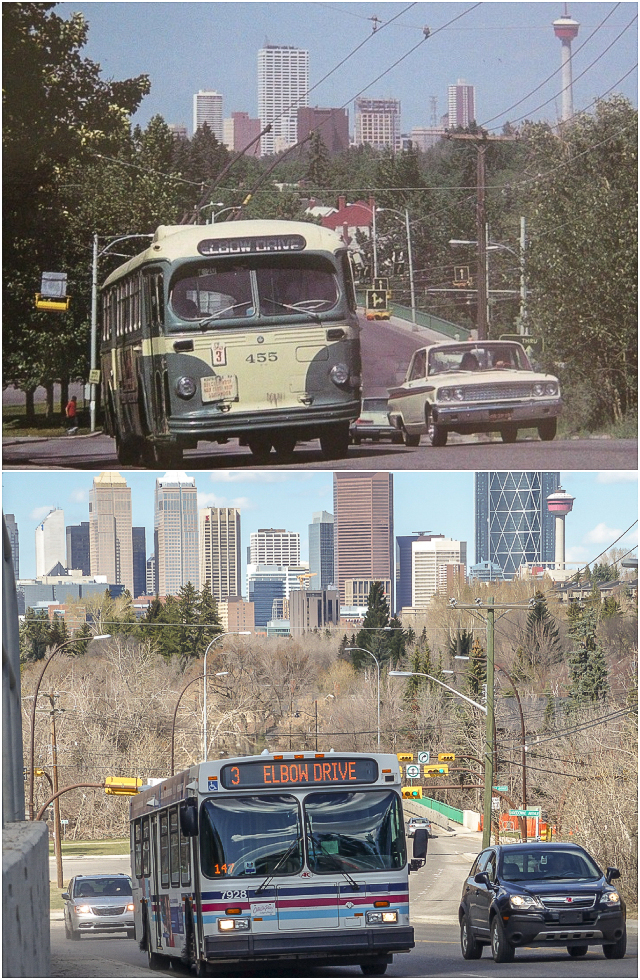
Elbow Drive in Calgary, forty years apart.
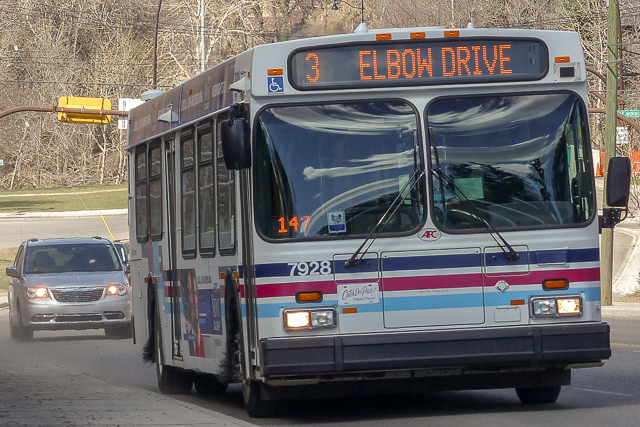
With #7928, we finally got the shot.

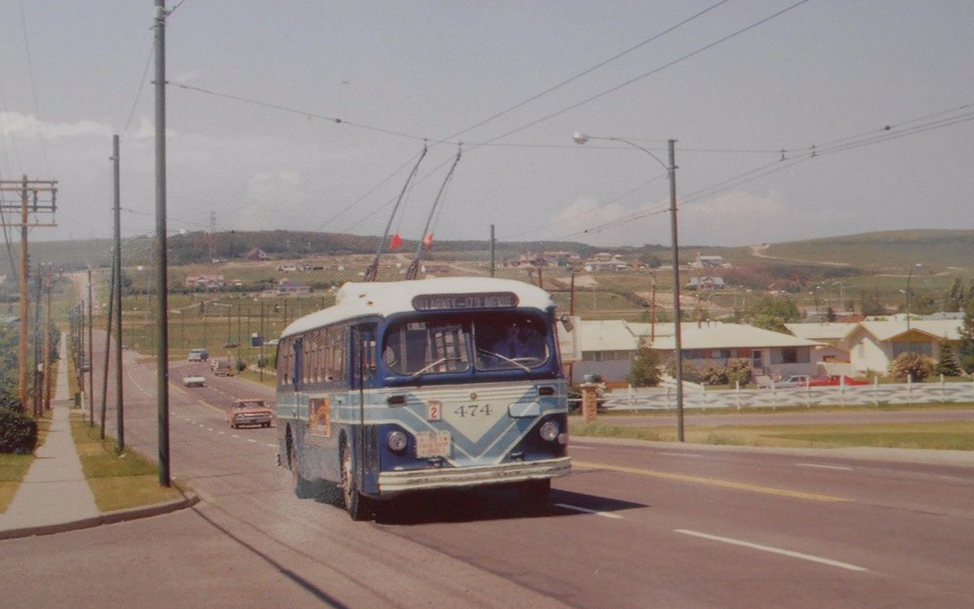
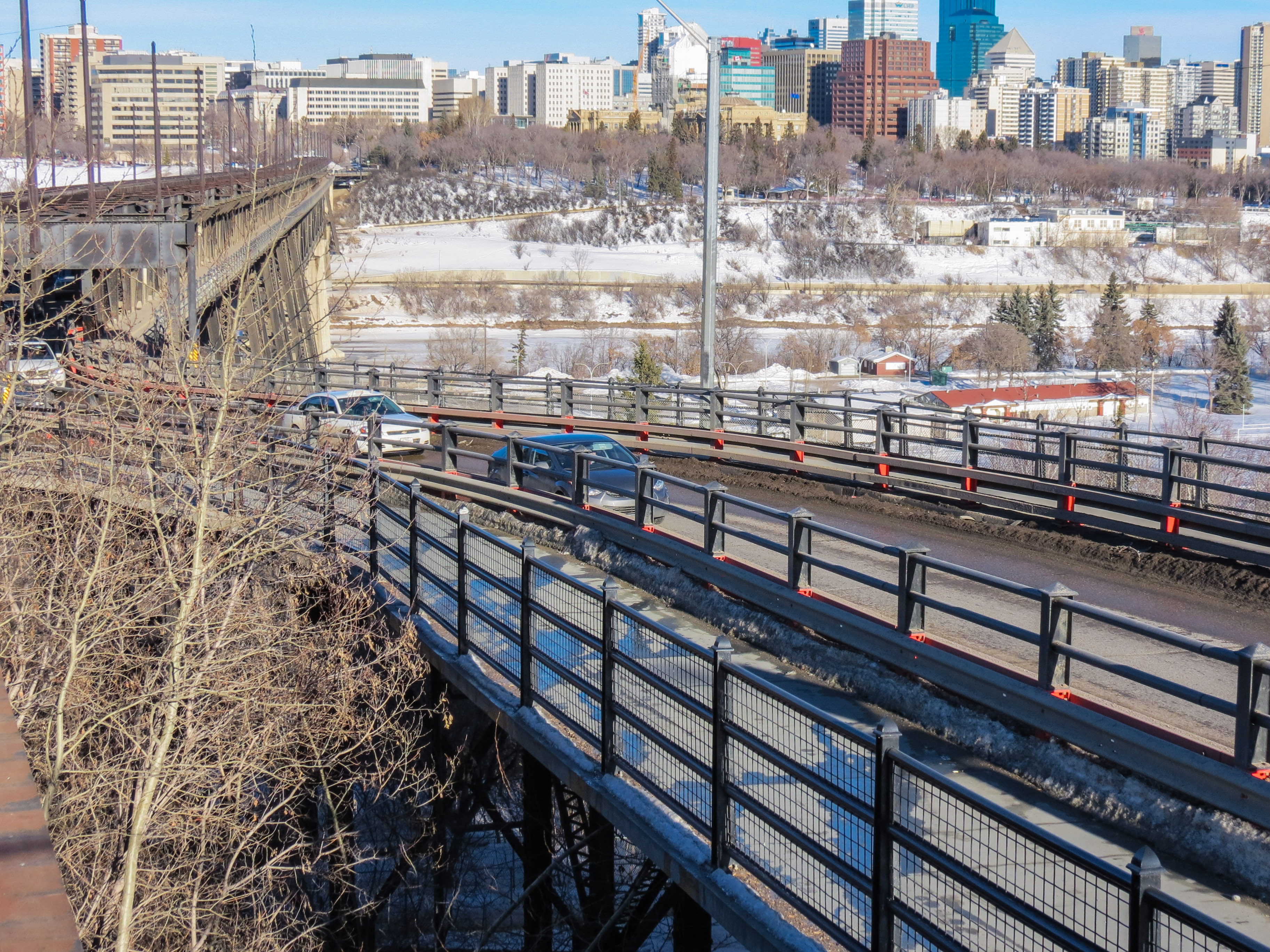
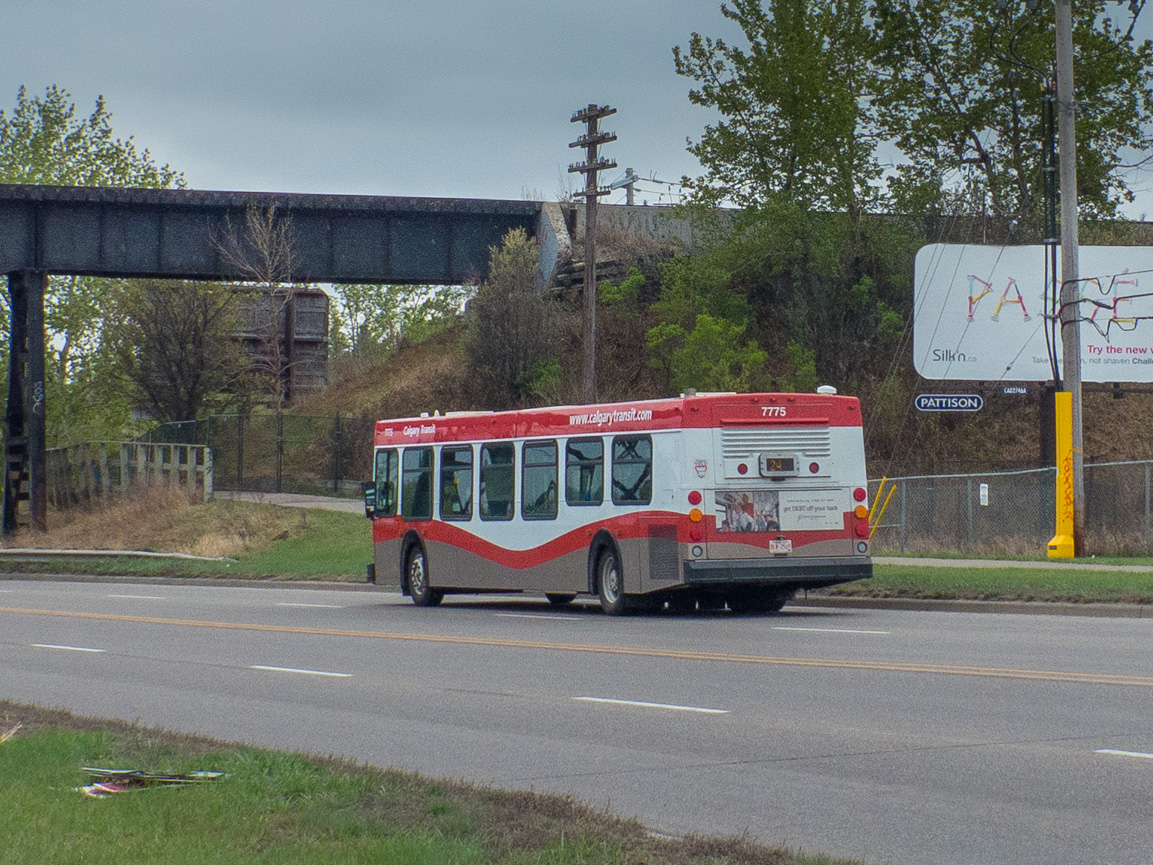
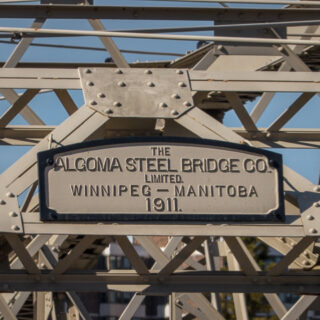
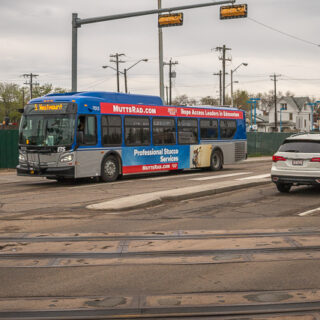
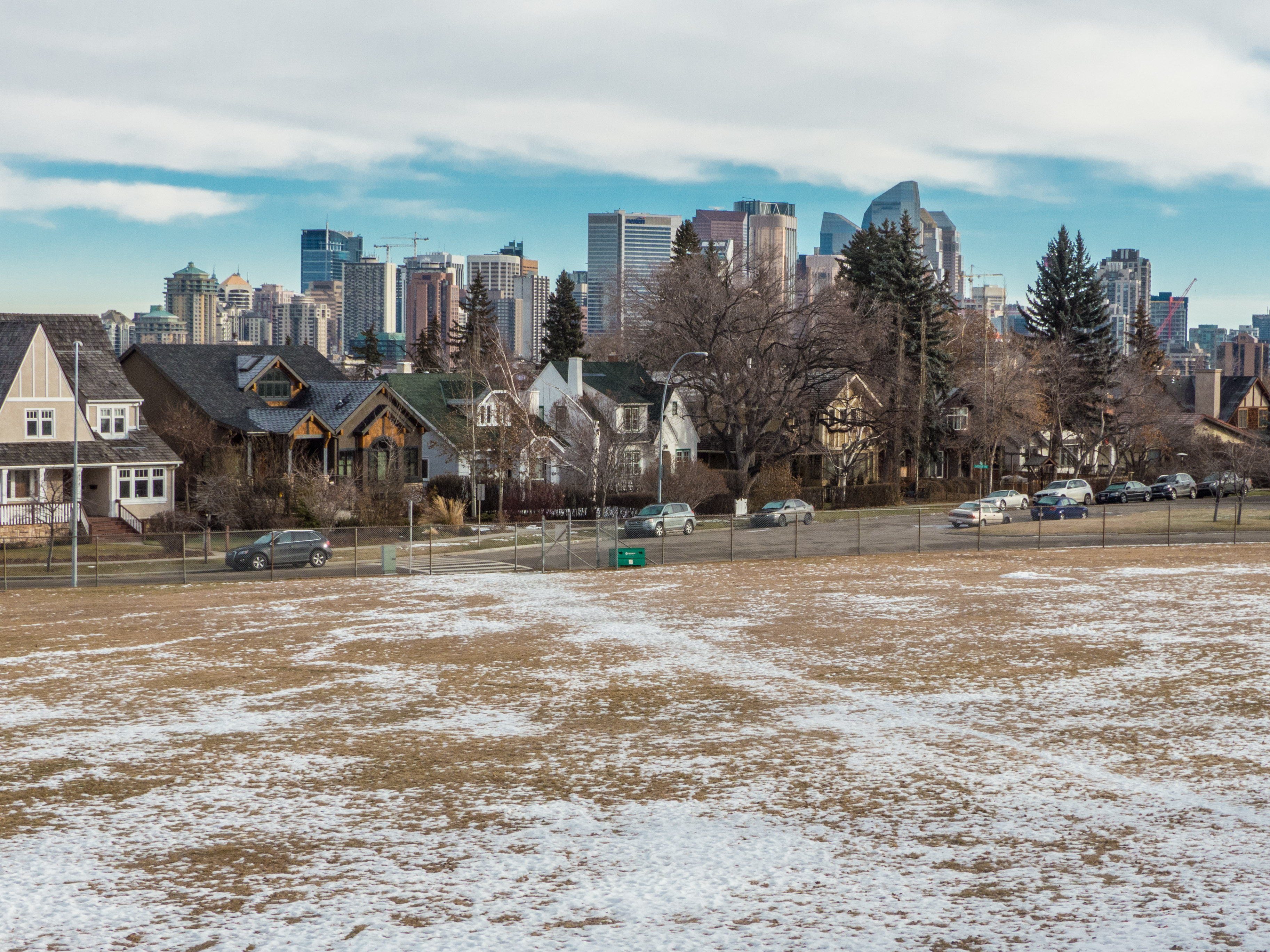
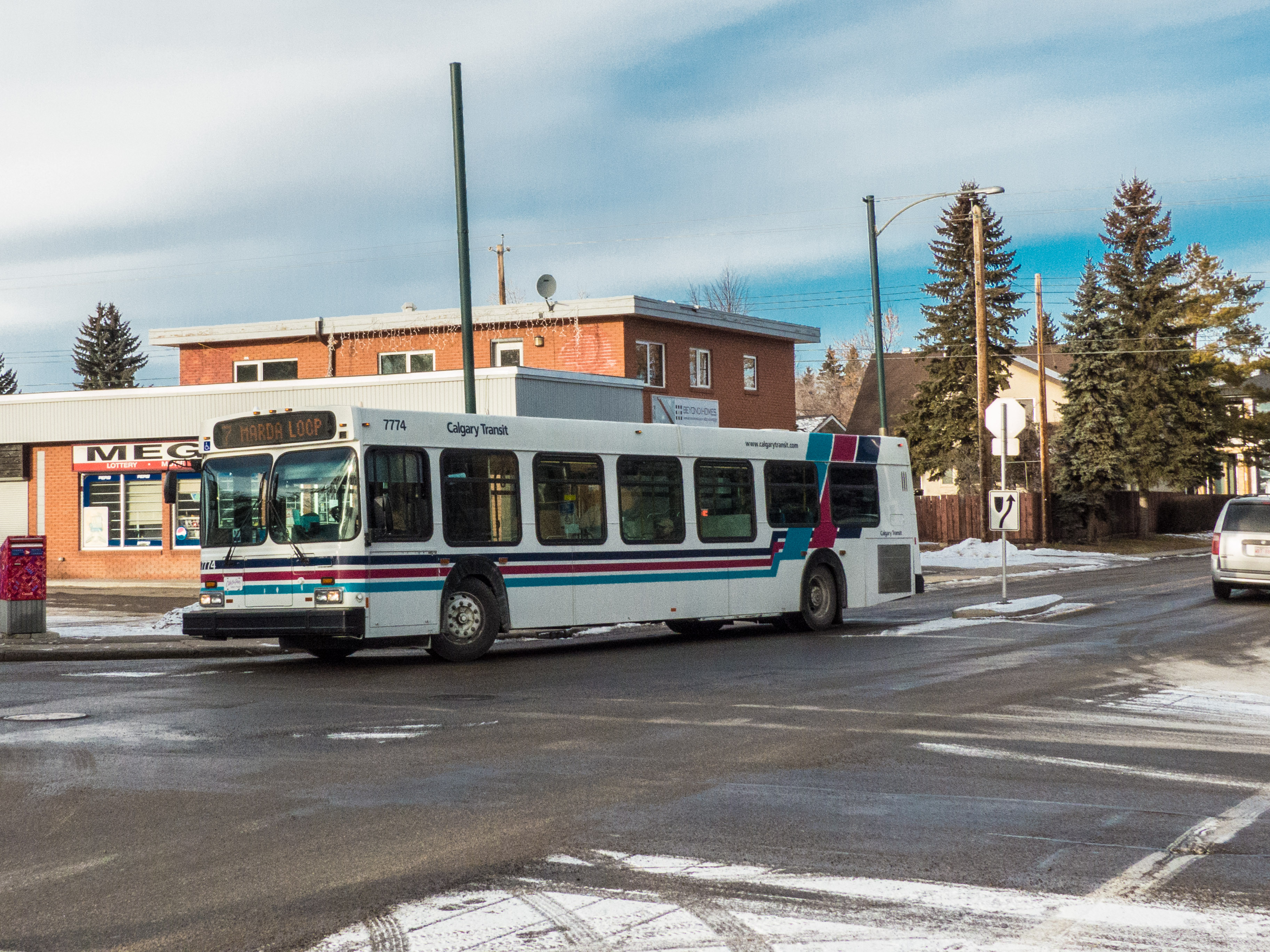
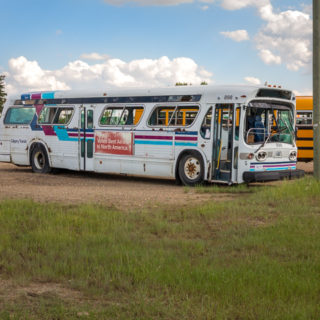
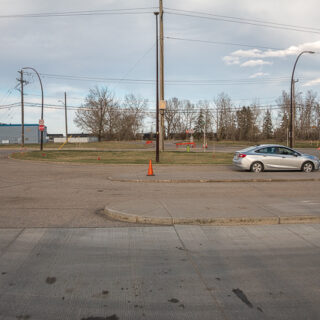
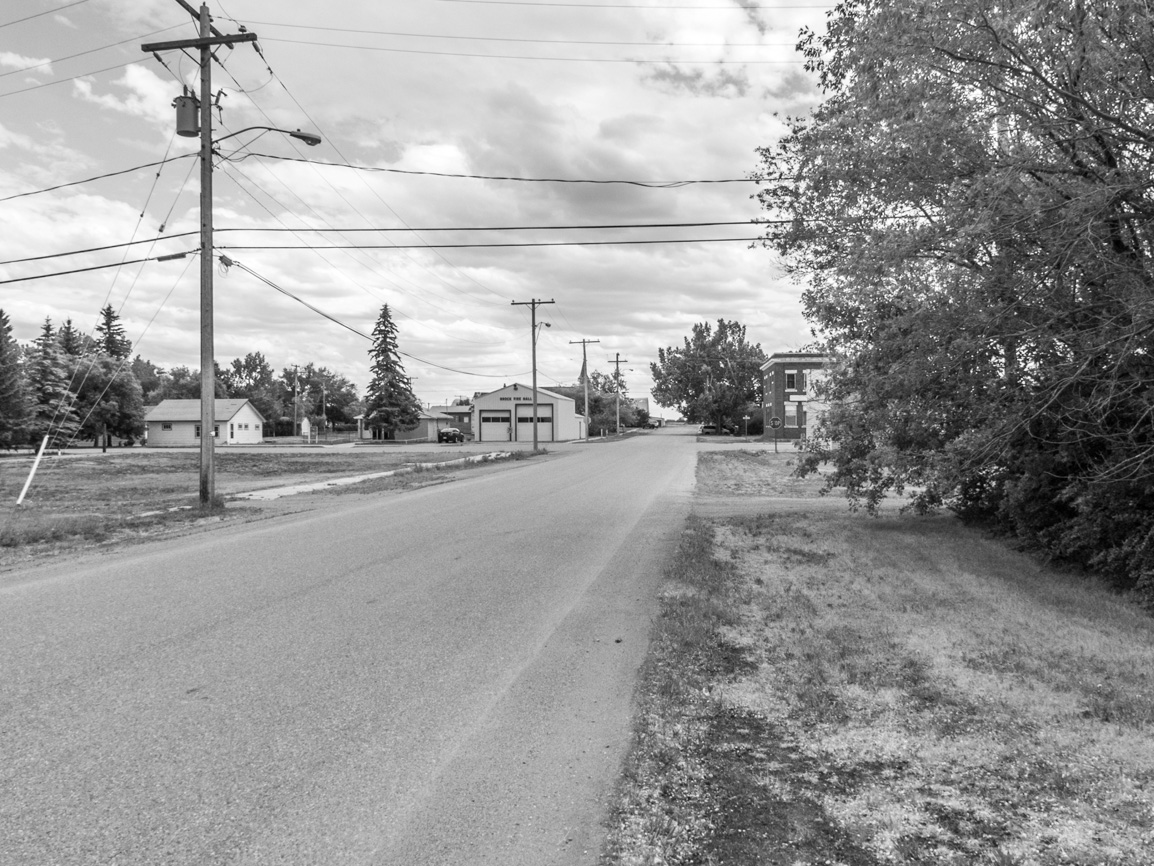
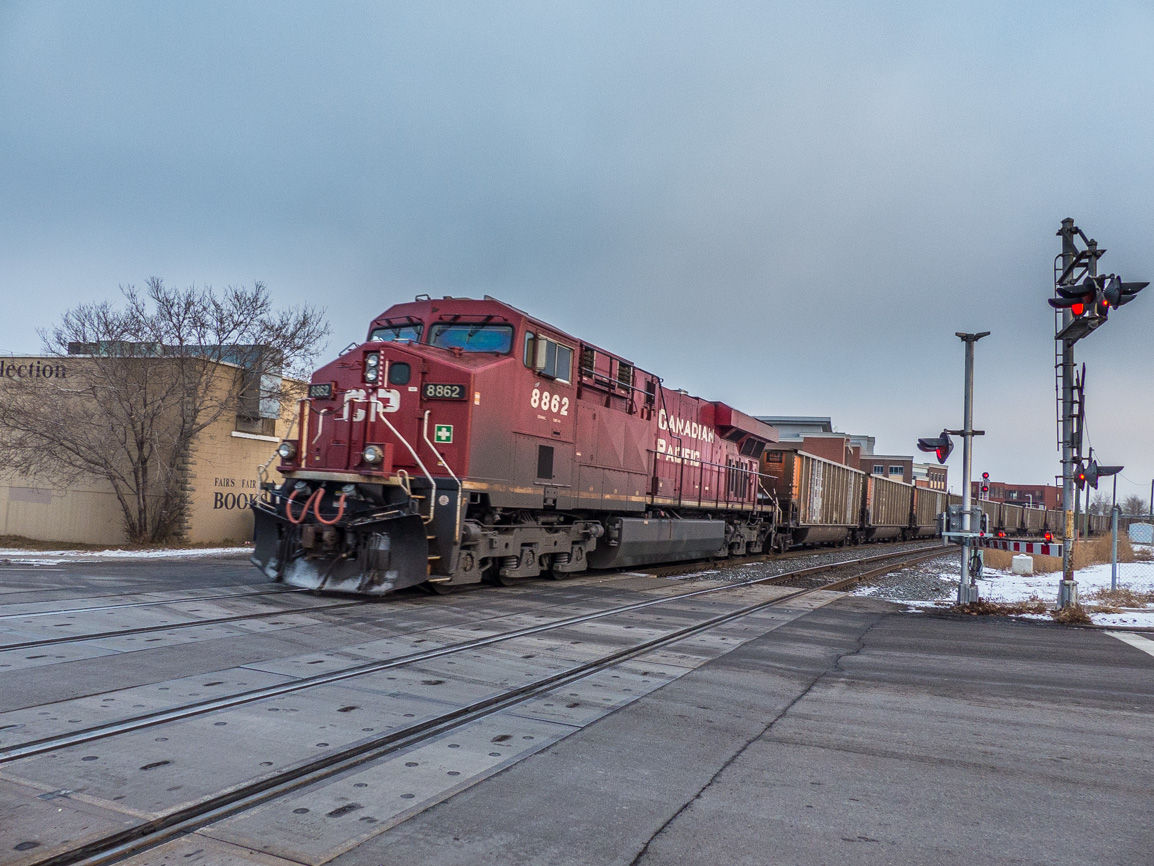
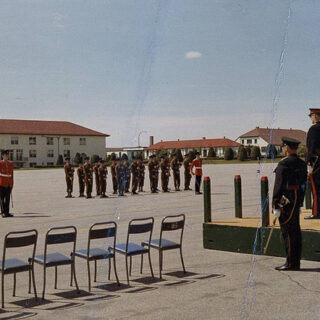







Comments are currently turned off